Latest Articles
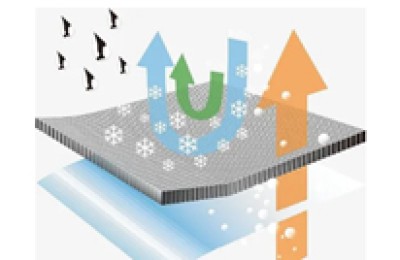
How to use ptfe nanomembrane?
PTFE nanomembrane media are mostly used in the form of composite structures. The advanced design concept achieves excellent precision filtration effects, and therefore has become a new generation of high-effici…
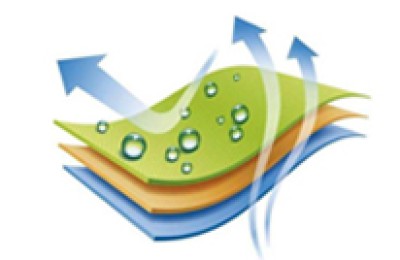
What are the specific classifications of ptfe protective clothing filter membranes?
The function of the PTFE protective clothing filter membrane is to create a bacterial barrier to prevent bacterial migration and reduce cross-infection. In recent years, some scientific research institutions an…
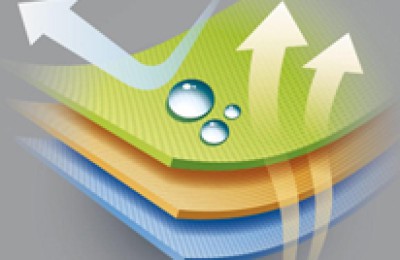
What is the microporous structure of the PTFE protective clothing filter membrane?
The porosity of the ptfe protective clothing filter membrane can reach 80%~90%, and has been processed by high-temperature heat setting. The micropore structure is stable and can effectively intercept dust part…

What are the functions of general PTFE protective clothing filter membrane?
To put it simply, the PTFE protective clothing filter membrane should not only be moisture-wicking, breathable, and comfortable to wear, but also protect medical staff from infection by various pollutants such …
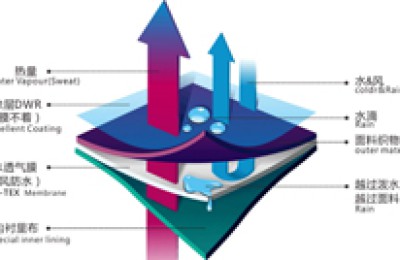
What kind of material is ptfe proton exchange membrane?
PTFE proton exchange membrane is a composite membrane using perfluorosulfonic acid material and polytetrafluoroethylene (PTFE). PTFE is a strengthening microporous medium, and the perfluorosulfonic acid materia…
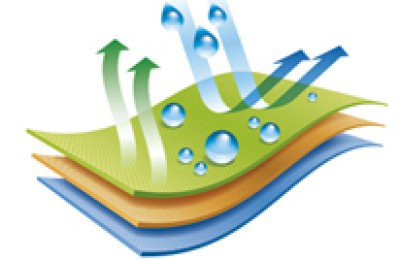
What is the filtration pore size of the ptfe protective clothing filter membrane material?
The porosity of the ptfe protective clothing filter membrane can reach 80%~90%, and has been processed by high-temperature heat setting. The micropore structure is stable and can effectively intercept dust part…

How effective is the PTFE protective clothing filter membrane?
According to different requirements for protection levels, the nonwoven fabrics and films used are also different. PTFE protective clothing filter membrane composite material has excellent effects in blocking b…

What is Japanese wet-laid non-woven fabric?
Japanese wet-laid non-woven fabrics have good stiffness, high air permeability, ultra-low wind resistance, high tensile strength, resistance to strong acids and alkali, and good high temperature resistance (can…

What is the production process of Japanese wet-laid non-woven fabrics?
Japanese wet-laid non-woven fabrics are also called wet-laid non-woven fabrics. Wet-laid non-woven products are increasingly showing their importance nowadays. This process requires breaking the raw materials i…
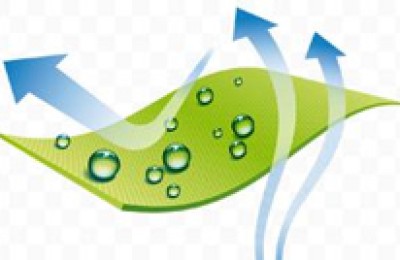
What are the characteristics of Japanese wet-laid non-woven fabrics?
Japanese wet-laid non-woven fabrics are moisture-proof, breathable, flexible, lightweight, non-combustible, easy to decompose, non-toxic and non-irritating, have fast web forming speed, large output, high labor…


